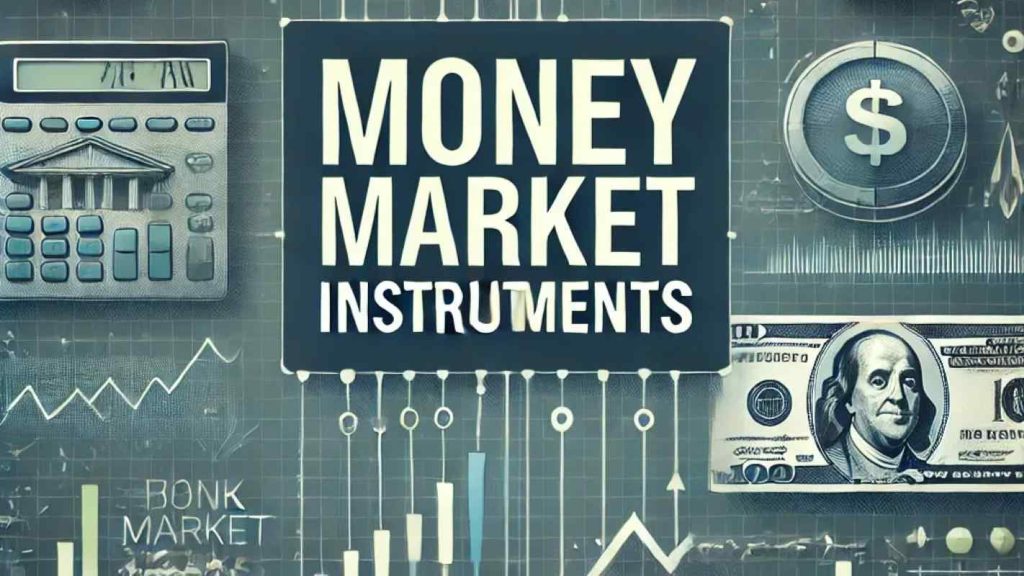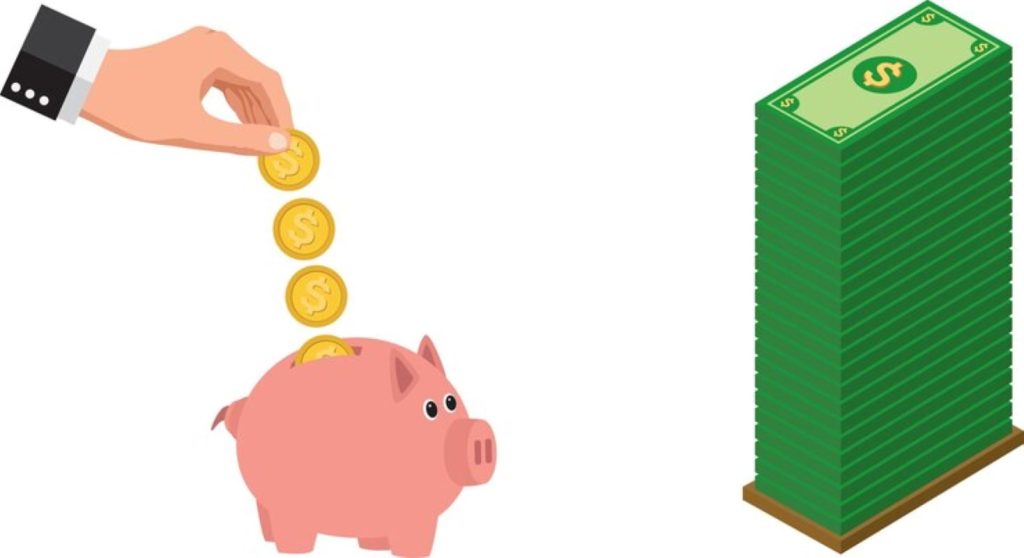Several tools could aid your journey to financial freedom, and one of them is money market accounts: weighing the pros and cons. However, it is essential to consider the features of this account type and understand if it fits into your current financial goals.

A money market account is a halfway house between savings and checking accounts. It allows the regular saving of loose cash for emergency funds or future expenses. However, money market accounts have higher interest rates than regular savings accounts because the former has some investment options.
The advantages of money market accounts can be a handful, depending on your financial perspective. However, drawbacks may also exist in the course of operating a market money account. Come along as we demystify money market accounts: weighing the pros and cons.
What Is a Money Market Account?
A money market account is a typical example of eating your cake and having it. While liquidity and customer access to funds are somewhat difficult with most savings accounts, checking accounts make accessing funds for daily transactions like online shopping and cash withdrawals easy.

In contrast, money market accounts allow customers to keep a stash of cash they’re not using, serving as a savings account. Similarly, owners of these account types can use it like a checking account for everyday transactions and easy liquidity. Interestingly, the interest rates on money market accounts are not fixed and may compound at different intervals.
However, one thing that attracts most bank users to money market accounts is the relatively higher rates than those found on savings accounts.
ALSO READ: Money Market Account vs. Savings Account: What’s the Difference?
Obvious Benefits of Money Market Account
Money market accounts are gaining popularity among savers thanks to their benefits. Some of such merits are discussed below:
1. Investment Options of Money Market Accounts Are Low-Risk
The stock market can be volatile; you may win and lose some. However, the investment options related to money market accounts are often low-risk. Unfortunately, as far as investment safety is concerned, no-risk and low-risk are different. So, to the question, “Can you lose money in a money market fund?” The response is yes. However, the likelihood is very low, as FDIC insurance protects customer interests.

2. Access to Funds is Not Restricted
Most investment funds require you to fix whatever amount is going in for a certain period. By implication, withdrawing your funds from such investments before the due date attracts some penalty. Such liquidity caveats do not exist with money market accounts. Whenever you need money, it’s available for withdrawal.
3. Higher Interest Rates, the Golden Eggs of Money Market Accounts
The average savings account pays annual percentage yields (APYs) of about 0.35; that’s a paltry return of $3.50 on $1,000. However, with money market accounts, some banks offer as high as 4.55% in APYs. These higher interest rates are the icing on the cake.
Potential Reasons to Steer Clear of Money Market Accounts
As juicy as the benefits of a money market fund may seem, there may be certain quirks to watch out for in the fine print.
1. Minimum Opening Deposits and Minimum Balance Requirements
Motivating yourself to save by starting a zero-balance savings account may be out of the question. Why? Some money market accounts require a minimum opening deposit. Similarly, savers may need to adhere to minimum balance requirements when withdrawing from their money market accounts. When account holders flout such benchmarks, fees and charges are often imposed.

2. Some Banks Have Withdrawal Limits
In addition to minimum balance requirements, some financial institutions operating money market accounts cap the number of withdrawals per month. The Federal Reserve limited transactions on a money market account to six per month until 2020. However, some banks still enforce limited transactions. So, it’s a good idea to read the fine print.
3. Money Market Investments Have Lower Returns
Volatile and high-risk investments, like stocks and ETFs, often have higher annual returns than money market funds. Despite the significant peaks and troughs in stock investments, they usually yield an average annual return of 10%. Despite being low-risk, money market funds don’t come close to that metric.
ALSO READ: Understanding Construction Loan Interest Rates: What You Need to Know
Great Alternatives to Money Market Accounts
There are some better alternatives to money market accounts if you want to earn higher interest rates on savings or remain under FDIC insurance protection.
1. High-Yield Savings Account
High-yield savings accounts also offer higher interest rates on customer savings compared to conventional savings accounts. However, access to funds may be limited as online banks mostly offer this financial product, which seldom provides ATM withdrawal solutions. You can move funds between your high-yield savings account and regular accounts. However, monthly fees, charges, and transfer limits may apply.

2. CDs
If your financial goals involve jettisoning liquidity, you may opt for CDs to enjoy attractive interest rates. For example, you can get a 5% interest rate on your emergency fund stash.
By now, you must have discovered that money market accounts, weighing the pros and cons, are not all-encompassing. After considering the fees and charges of using a financial product or some other drawback, it may be safe to try another type. Also, no rule book says individuals cannot maintain multiple account types to fulfill their financial goals.

